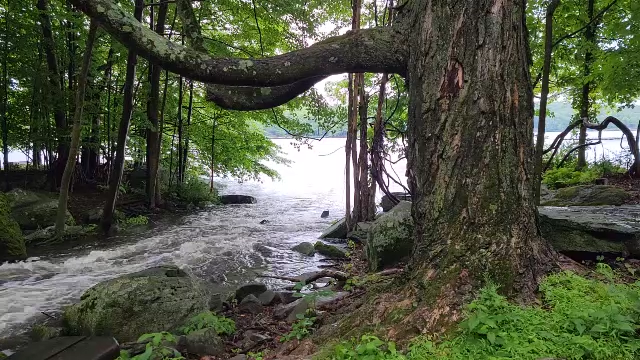Introduction
One way to foster social and emotional learning (SEL) in your classroom is to engage in mindful awareness as a self-care practice for yourself and/or alongside your students. Mindfulness awareness might seem like a buzzword in education circles today, but it represents an intentional and beneficial approach that contains a range of practices to help us all stay grounded and connected – adults included.
Mindfulness is not intended as a way to meditate kids into compliance. Rather, it is a way for everyone to attend to the present moment with openness and curiosity, while trying not to judge ourselves or the experience we're having.
Research shows that mindfulness can significantly reduce stress; increase our self-awareness and emotional awareness; promote ease and understanding of our bodies; and, overall, lets us deal with our fears and concerns by affording us the time and space to work toward healing.
Mindfulness practice can be especially helpful for adolescents. At this stage of development, our brains are changing and literally reshaping, especially in the prefrontal cortex, the area responsible for our cognitive functioning. Mindfulness practices are associated with less reactivity in the amygdala part of the brain, enabling the prefrontal cortex to do more of the thoughtful reflection needed to implement executive function and skills.
These pathways in the brain can literally be rewired by students learning to be in the present moment and accepting that inevitable ebb and flow of their emotions. This practice can also lead to improved relationships with others and ourselves, and improved overall well-being.
It may take time and practice to find the mindfulness exercises that work best for you and for your students. And that’s okay.
Guided Visualization Activity for the Classroom
One practice you might try is a mindfulness activity called visualization – a way to let your mind transport itself while your body stays still.
The 9-minute video below will guide you and your class through a simple visualization process. If you’d like to guide the visualization yourself, this script from the video may be helpful. Consider watching and listening to the video first on your own to get a sense of the timing of your instructions.
Before the Visualization Activity:
Find a calm and quiet space if you can.
You may either sit in a comfortable upright position, tall like a tree with your feet firmly planted on the floor, or you may lie down on the floor – whatever works best for you.
You have the choice of either closing your eyes, if that feels comfortable, or leaving them open. You can gently rest your gaze downward if you're sitting, or upward focusing on a spot on the ceiling if you're lying down.
After the Activity:
After the activity, take time to pause and reflect on how the activity felt for you.
For some, it might have felt very relaxing. For others, it may have been uncomfortable or awkward, or maybe a little bit of both. This is all valid, normal, and valued. But we hope that by imagining a place that means a lot to you, even if briefly, you were able to experience some of those positive emotions that really center us, such as belonging, self-compassion, or joy.
